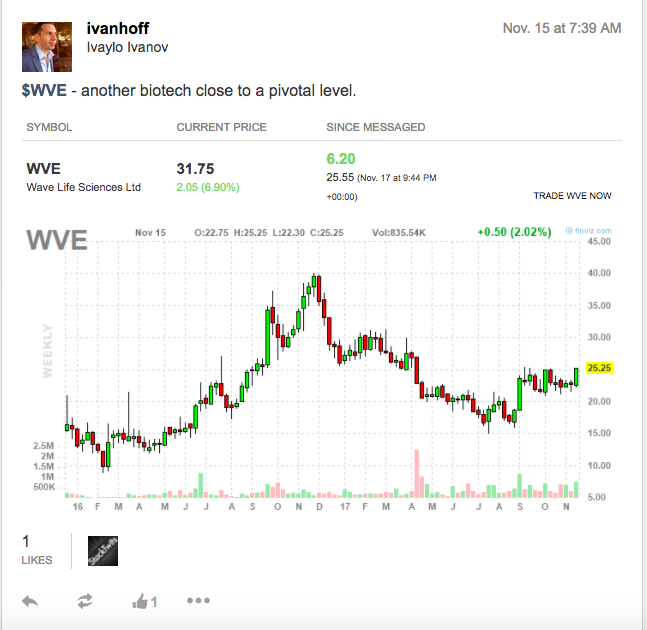The number of publicly traded companies has been halved in the past twenty or so years – from about 7000 in 1997 to about 3,500 today. The Internet boom brought many small companies to life in the late 90s. So many of them went bust during the dotcom crash in the early 2000s. Regulators stepped in and made it very expensive and difficult for small companies to become public. The decline in small and micro-cap IPOs has been the natural effect of those regulations.
Many companies had to involuntarily remain private longer. The fastest-growing among them have been able to attract a lot of cheap venture capital money and remain private even longer. Fewer companies filing for an IPO and the best companies going public much later in their growth cycle has meant fewer and smaller opportunities for public investors. The opportunity to make 1000X or 100X in a public company hasn’t really existed in the past 15 years. Even a 10X return has been very rare for a new IPO.
Enter the ICO.
ICO stands for initial coin offering. It is basically an easy way for a company or project to raise money from investors who don’t have to be qualified. The company distributes tokens (coins) that give you access to its future product or service. What’s interesting about these tokens is that they offer an almost immediate liquidity. You don’t have to use them for the actual product or service when (if) it eventually becomes available down the road. You can speculate with them.
A token is not the same a company share. As I mentioned, it gives you access to a future product or service. It doesn’t give you a partial ownership of a company.
First of all, let me be absolutely blunt about current ICOs. Many of them are scams and it is a matter of time before they go to zero. Many of them have been created by opportunists who intentionally are trying to steal your money. An even bigger number of ICOs has been created by people who have no clue what they are doing and for products and services for which the token model is not a good idea.
The token business model cannot be applied to all businesses. Some businesses are better managed in a centralized manner. Businesses like social media, search engines, newspapers, digital games, identity, payments, insurance, public transportation (think Uber), etc. can thrive in a decentralized model. What is infinitely more interesting about the token business model is not that they can potentially give you an early access to the next Twitter, Uber or Facebook; it is a model that gets the incentive structure right. Maybe for the first time in human history, the people who actually contribute the most to a service or a product, will get paid the most. You don’t have to be a shrewd speculator to get paid but it won’t hurt.
Happy Holidays and Have An Amazing New Year!



